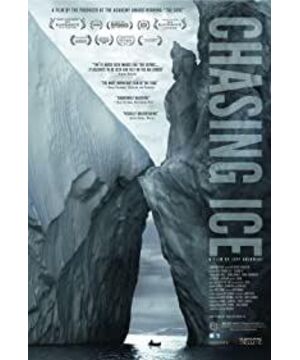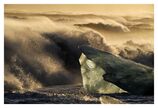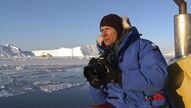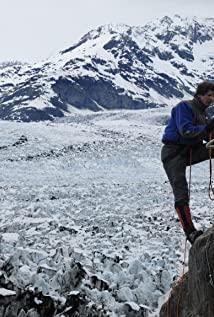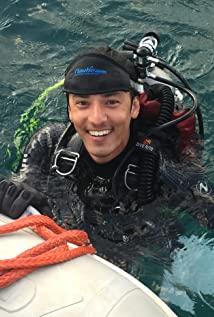1
Big Thaw, the ice melt water destroyed your home
In 30 years, all glaciers all over the world will melt.
When the film first came out in 2012, many people were still resisting and still doubting that they were still fighting, saying why we blamed the El Niño phenomenon, hurricanes, floods, and droughts, all on greenhouse gases and global warming. China seemed particularly hesitant at the time, and even said that it spends trillions of dollars to fight global warming every year. Who will do this?
But now in 2019, it has become common sense that glaciers are receding.
I was on the Moreno Glacier in South America and saw the glacier collapse every hour, and I could observe it with the naked eye.
Not to mention the glacier retreat recorded in this film for four years across the year. We can see the process of glaciers dissolving and forming rivers, leaving us forever.
From 1902 to 2001, it took 100 years for the glacier to retreat eight miles. Now in 2010, it has faded another eight miles.
Ten years is equal to the time of the past 100 years.
The plot is:
Environmental photographer James Barrog traveled to the Store in Greenland, Solheim in Iceland and Alaska to capture images that help convey the effects of global warming.
He was initially skeptical, but after his first trip northward, Barrog launched an extreme ice survey—an expedition to collect data on the seasonal changes of glaciers. Balog and his team deployed more than two dozen cameras that used time-lapse photography to capture multi-year records of glacier melting. Jeff followed the shoot for four and a half years.
Finally he cried. For whom? we?
The routine is:
They continue to improve technology and improve the trouble of camera failure. The camera equipment, like them, had to endure hurricane-level storms, minus 40 degrees, and full of ice. At the same time, Balog suffered from knee complications due to the polar expedition. Finally, it was announced in the academic conference exchange and made tears.
These routines are also used in the chasing coral five years later, allowing the audience to experience the natural changes and the crisis of the earth firsthand.
How to describe the melting and retreat of a glacier, not only is it becoming less, but also becoming thinner and thinner, like a deflated balloon, quickly venting its air.
There are a lot of disgusting small holes in the ice sheet, and they are all black mud. This is a kind of dust blown from the desert. Because this mixture is black, it can absorb more heat than the surrounding ice. There are billions of these small holes moulin on the surface of the glacier, constantly melting into water. If you look closely, you can see that when the glacier melts, ancient bubbles are also floating out.
It was the details that convinced the public!
2 In 2020, we ushered in the new crown.
View more about Chasing Ice reviews


